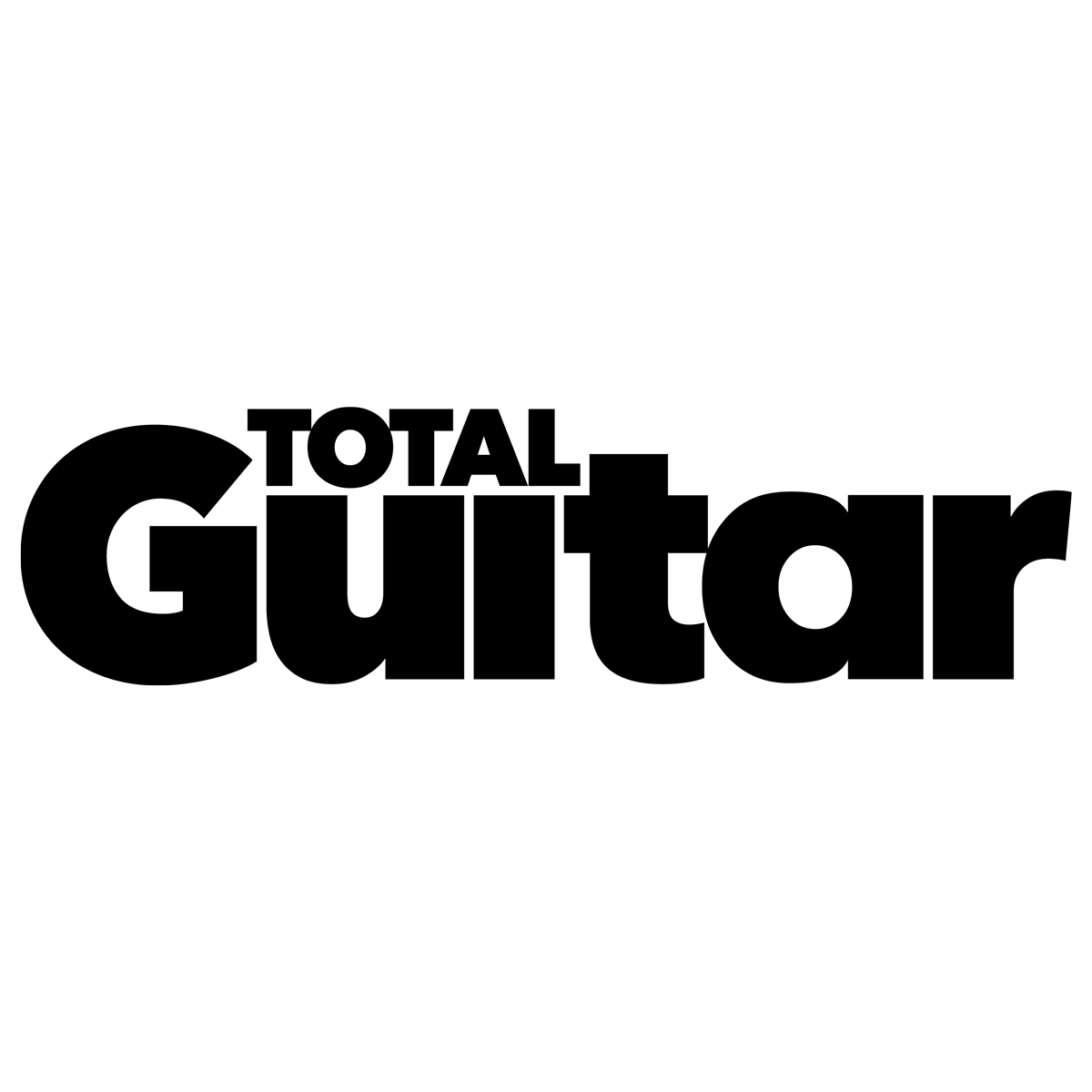How to use a looper pedal
Get to grips with timing and layering overdubs using our guide to looping

Learning how to use a looper pedal to layer guitar tracks can be a fantastic way of getting more out of your guitar playing. Use it as a learning tool and stack tracks with a harmonically ‘correct’ approach or free your ears from all constraints and just see what happens!
Here, we’ve written an acoustic guitar piece that’s almost like a mini-orchestra, but we’re really only scratching the surface of what’s possible and hopefully showing you how a looper can make a piece greater than the sum of some easy-to-play parts.
It’ll also introduce you to the most important elements of looping – namely, perfecting your timing and using dynamics and space so your parts flow.
And the next step? Well, you’re limited only by your creativity! Try incorporating percussive strikes as a groove to jam over.
Alternatively, place your looper after some effects in your signal chain to really broaden your options. Just remember the golden rule to give each part its space, with lows, mids and highs overlapping and intertwining.
Hear the looper example in full
Guitar 1: The foundation
Guitar 1 acts as the foundation upon which everything else is built. Think like a bassist would – melodic but consistent and leaving plenty of space for everything else that follows. You don’t have to start in the low register, but it does give you scope to start moving higher in pitch with subsequent parts.
Guitar 2: Chords
Develop that foundation by adding some simple chords. The trick is to start to fill things out but not too much or you’ll be playing over a wall of mud – we’ve stuck to some simple two-note shapes. Never lose sight of the key signature (A minor here). You always want a rough idea of where you can go next.
All the latest guitar news, interviews, lessons, reviews, deals and more, direct to your inbox!
Guitar 3: Simple melody
With the foundation in place, we’re developing a melody, which we’re keeping simple so it’s easy to add harmonies or a more detailed part. We’ve shifted higher in the register to make the part stand out. A large part of looping is the contrast between the low, middle and high register.
4. Guitar 4: Harmony line
The melody is now harmonized, and to begin with, simple harmonies of 3rds, 4ths and 5ths give a good sound – you can experiment with more adventurous harmonies as you progress. Alternatively, try playing an octave up.
5. Guitar 5: Busier part
The space in the previous loops leaves room for us to add this final part which is busier. Adding this type of rhythm changes the feel of the loops and gives everything more of a feel of urgency. Think of this part as being more of a riff-based idea as opposed to the chords/melody approach.
Looper legends
1. Frippertronics
Long before loopers became pedalboard mainstays, King Crimson guitarist Robert Fripp played into analogue tape reels set up side by side with what’s recorded on one being sent onto the other and then returned, creating a delay effect to which you can add new layers of guitar. Robert called this influential system ‘Frippertronics’.
2. KT Tunstall and the ‘modern’ approach
For a looper masterclass, check out a live performance of Tunstall’s 2005 track Black Horse And The Cherry Tree. One of the earliest artists to popularise loopers in what we’ll call ‘the modern age’, Tunstall incorporates percussive acoustic guitar strikes, vocal harmonies, handclaps and tambourine as a backing for her lead vocal and strummed guitar.
3. Open-mic goes stadium-sized
If anyone demonstrates the sheer scale of looping’s potential to elevate what is ostensibly a solo open-mic acoustic performance to a U2-esque stadium extravaganza, it’s Sheeran. Ed’s Chewie II board is MIDI-enabled, driving Ableton Live and allows him and his live engineer to control the loops at all times.
4. Art-rock and avant garde
Merrill Garbus’ output with Tune-Yards features looped live drums, vocals and percussion. Tash Sultana’s Jungle is a modern looper guitar classic, with Tash integrating pitch-shifted parts for the bassline, live looped synth drums and chorus-drenched chords.
Total Guitar is one of Europe's biggest guitar magazines. With lessons to suit players of all levels, TG's world-class tuition is friendly, accessible and jargon-free, whether you want to brush up on your technique or improve your music theory knowledge. We also talk to the biggest names in the world of guitar – from interviews with all-time greats like Brian May and Eddie Van Halen to our behind the scenes Rig Tour features, we get you up close with the guitarists that matter to you.






